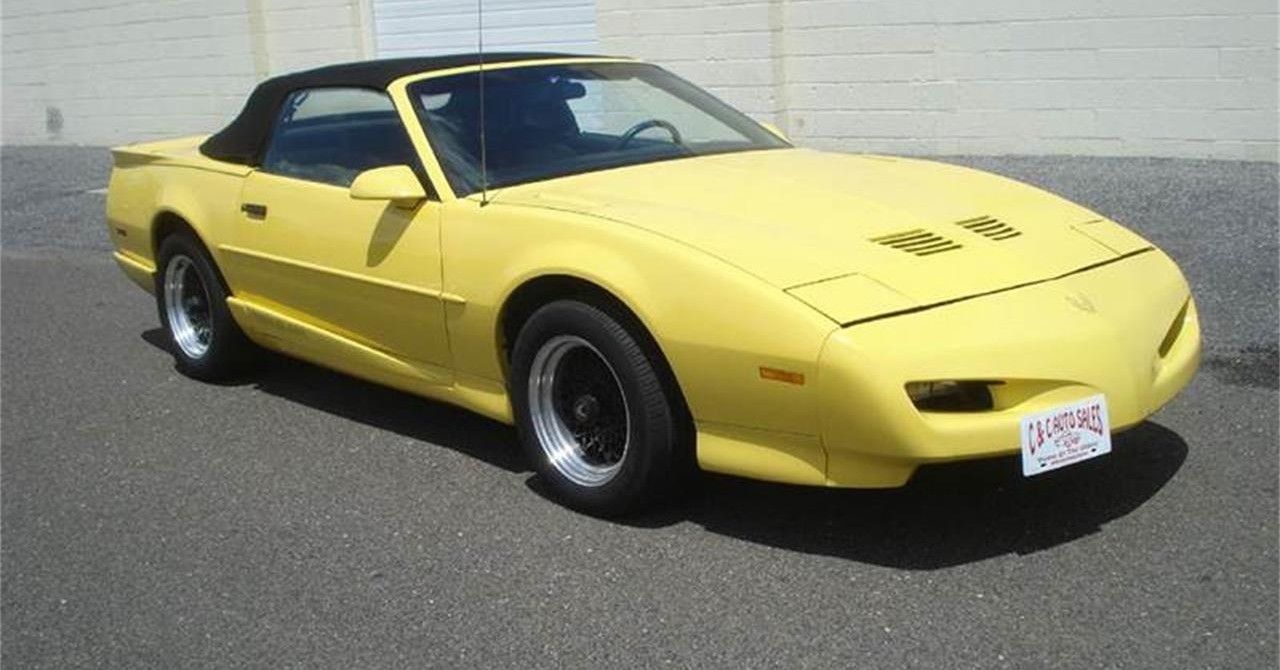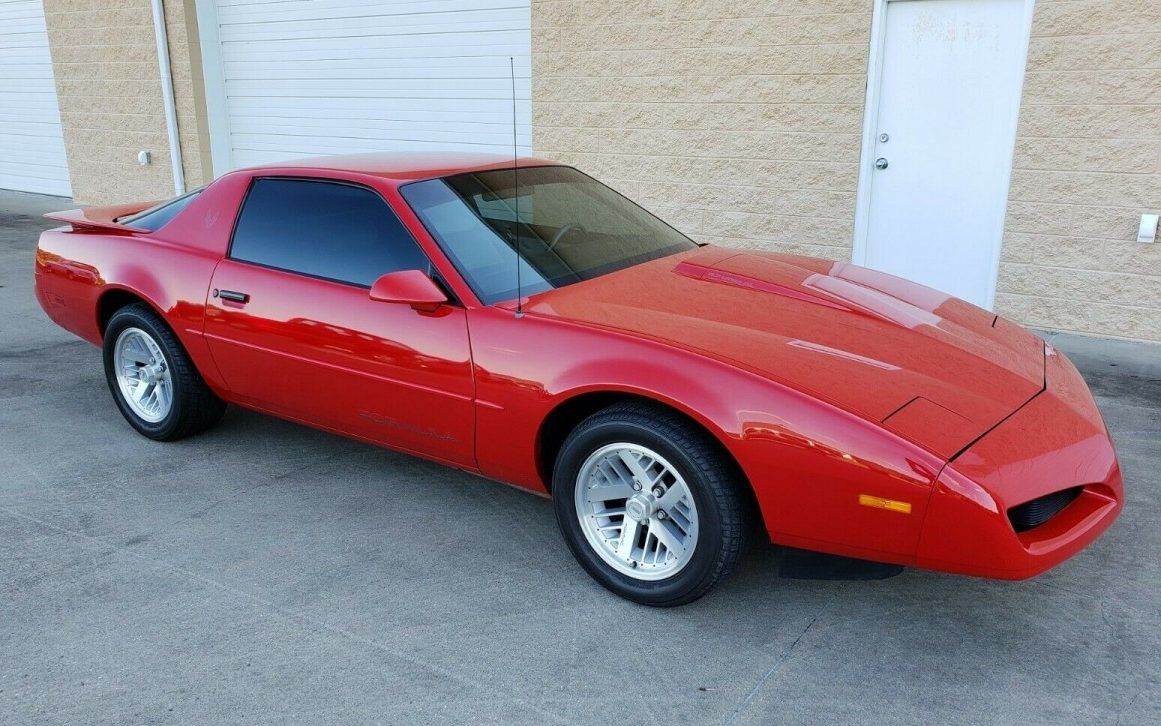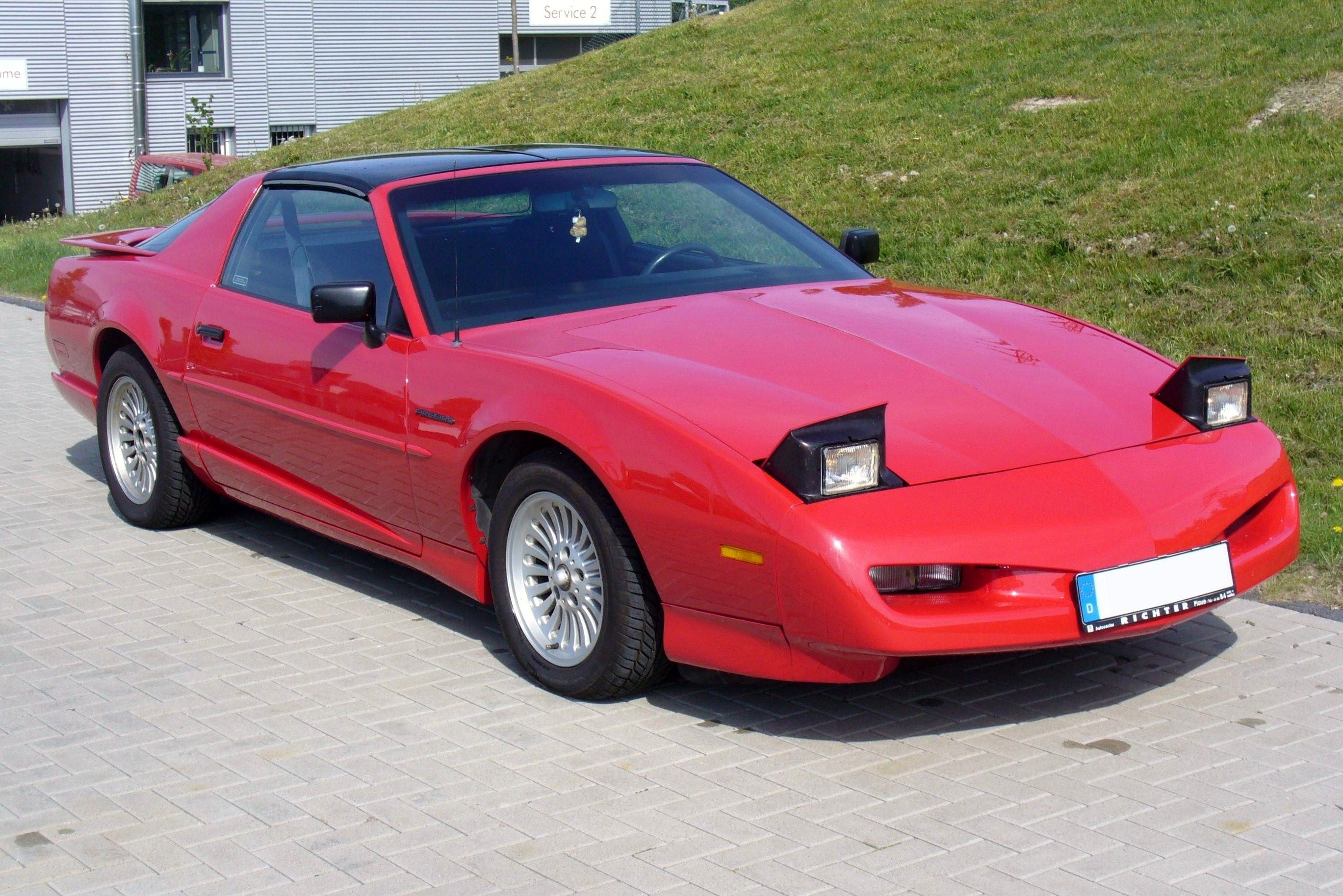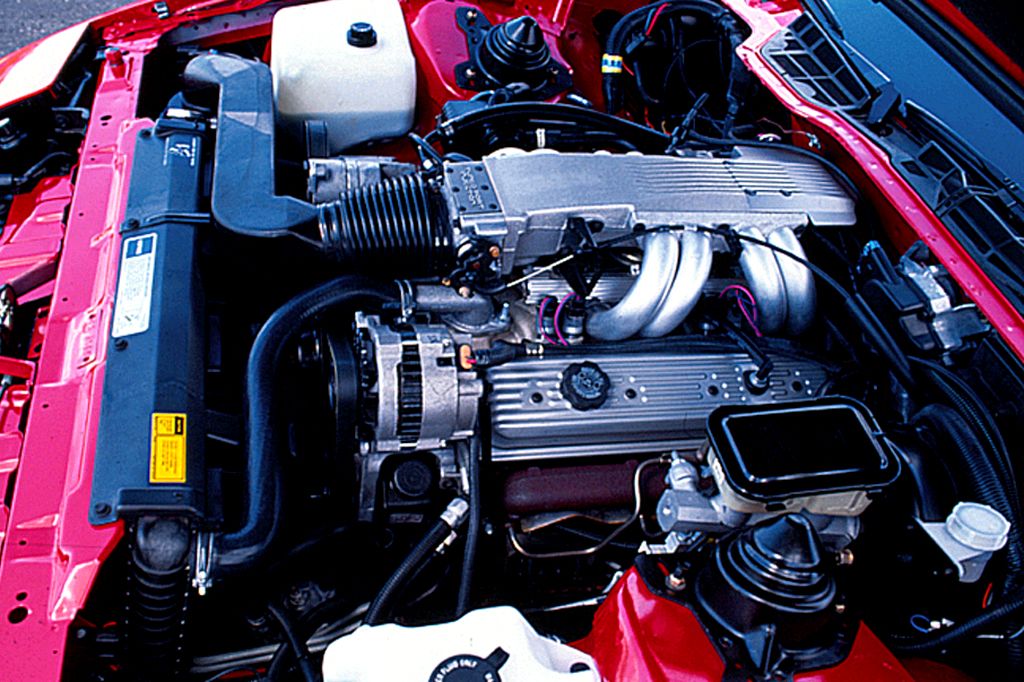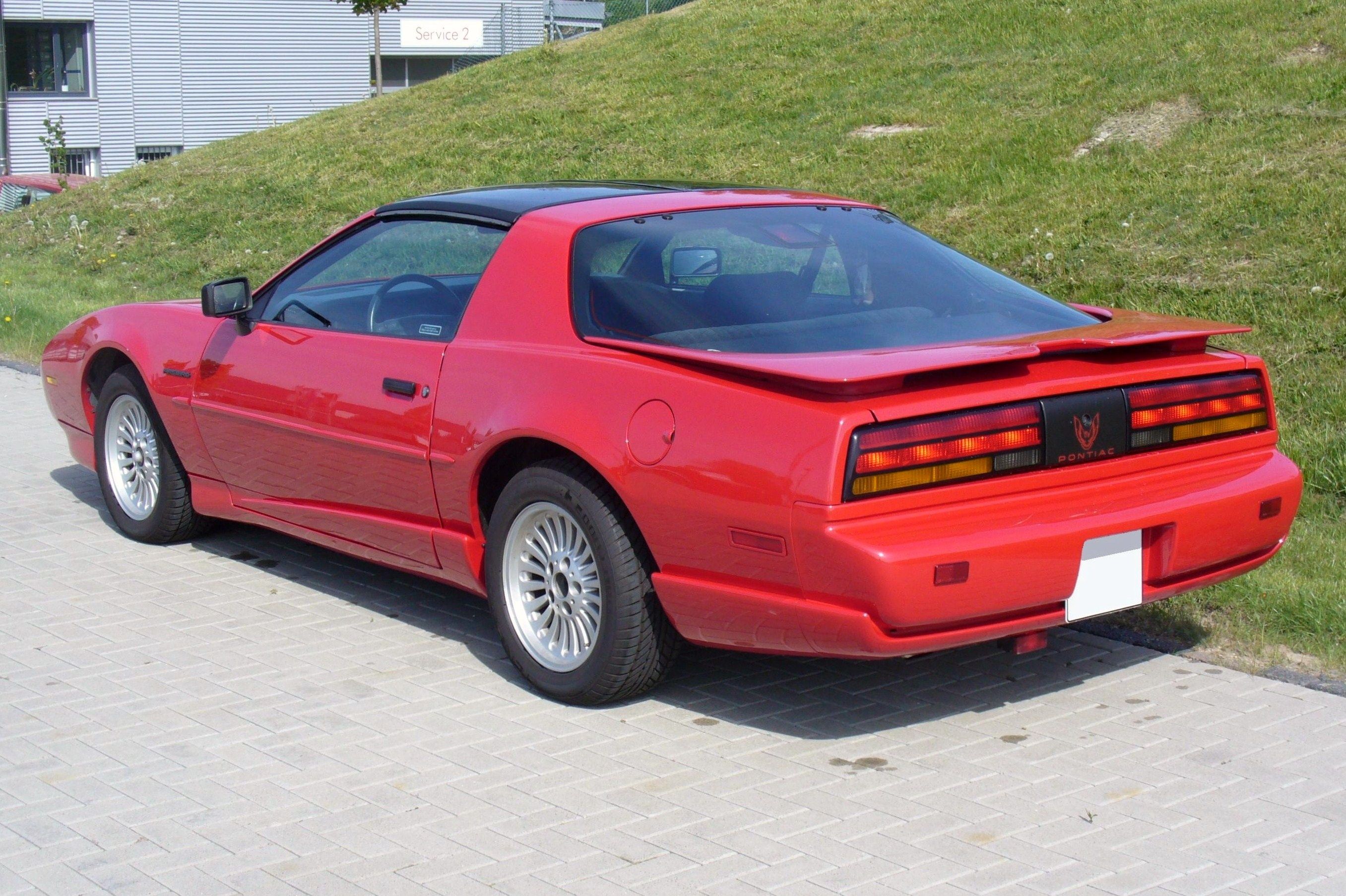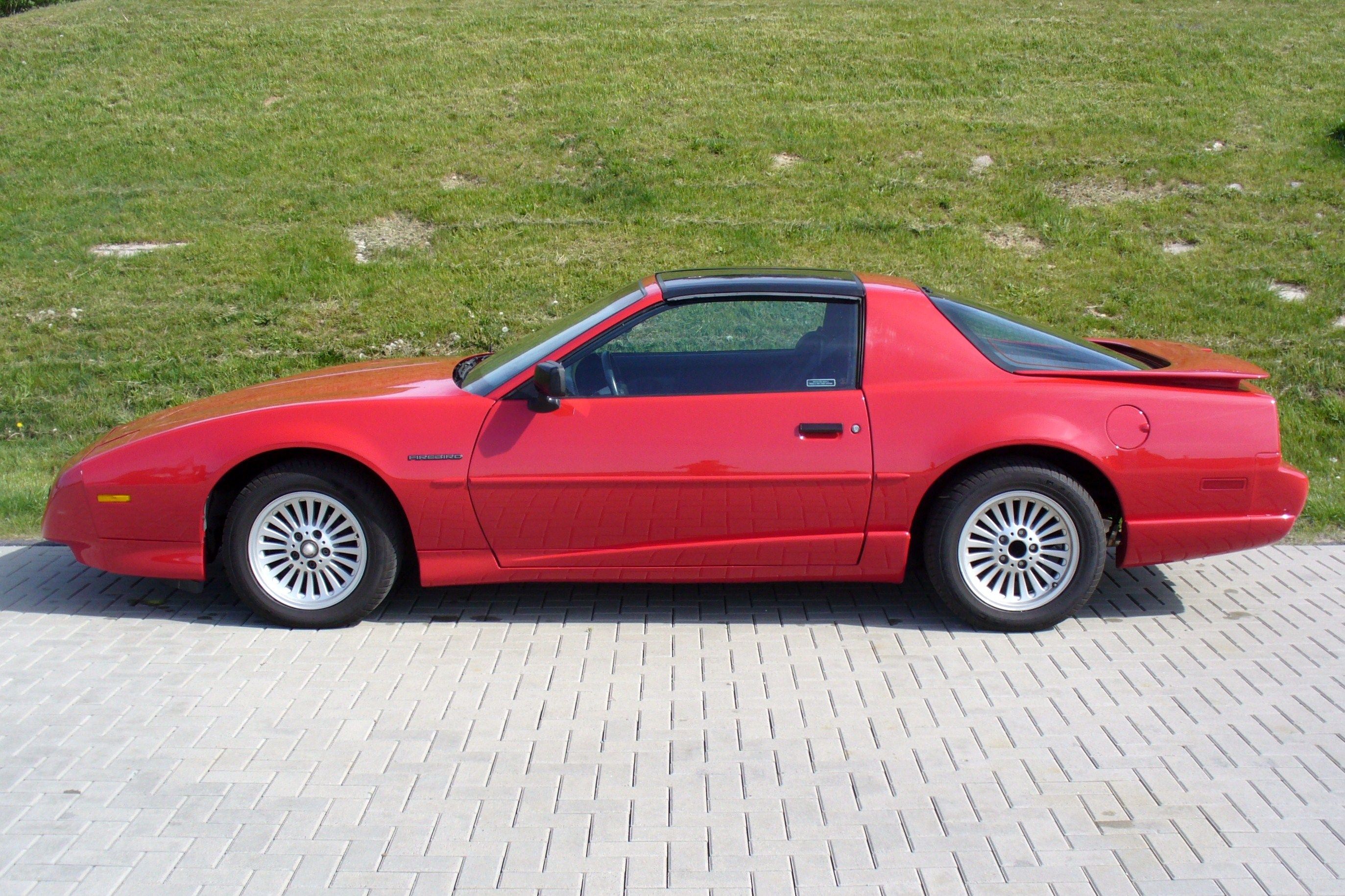Everyone who knows a bit about cars was devastated when GM decided to drop the Pontiac brand. Fanatics around the globe weren’t happy about it but, this gave a lot of the purists a chance to reevaluate their decisions. To be more specific, get in on a timeless classic and make the most out of it.
Since Pontiac is better known for cars prior to the twentieth century, let’s go over them. One of the highlight cars of the brand includes the Pontiac Firebird. Another noteworthy addition in the Pontiac lineup is the Trans Am; who doesn’t remember Burt Reynolds in “Smokey and the Bandit” and his theatrics in the movie with the Pontiac Trans Am.
Our discussion focuses on the Pontiac Firebird as to why it is the most forgotten muscle car of the ‘90s. Of course, a lot of cars mimicked whatever the Firebird represented, but none came close to what it was. Here’s us going over the claim.
Pontiac Firebird: A Brief
Pontiac Firebird was similar to what the Mercury Cougar was. The Firebird was Pontiac’s take on the Chevrolet Camaro and the Cougar was Mercury’s say on the Ford Mustang. Being structurally similar, both the cars competed against each other in every facet. Pontiac introduced the Firebird on February 23, 1967, a couple of months after the Mercury Cougar came about. The platform sharing idea of Pontiac stuck with the brand till it got shut down recently citing monetary reasons.
One of the standout features, when the Firebird debuted, was its coke-bottle-like design which unsurprisingly was shared with its corporate sibling, the Camaro. Akin to most cars of the eighties and nineties, the Pontiac had sharp edges and weird box-like designs. The ‘90s saw two generations of the Firebird; the third generation which was on sale from 1982 to 1992 and the fourth generation from 1993 to 2002.
The third-gen Firebird came at a time when fuel economy and efficiency were of prime importance thanks to the fuel crises prior to its introduction. With that in mind, folks at GM even thought of bringing a more efficient front-wheel-drive layout to the F-body platform which later on ended up getting scrapped. The fourth-gen was in many ways a refined approach to the third-gen design ethos; every sharp edge was smoothened to make it more in line with the ‘90s trends.
What Powered The Pontiac Firebird
The third-gen featured an array of engine options ranging from economic inline-4s to powerful V8s. The range kicked off with a 2.5-liter inline-four that put out 90 horsepower, a 2.8-liter V6 pushing 102 horsepower, and two generations of 5.0-liter V8s producing 145 and 165 horsepower respectively. Although, later on, multiple engines got added in the form of turbocharged V6s, and more powerful V8s with GM dropping the inline-four engines. Amidst all this, the Trans Am gained immense popularity and was helping Pontiac generate considerable revenue.
The fourth-gen Firebird received a 160 horsepower 3.4-liter V6, an enhanced version of the third generation's 3.1-liter V6 which in 1995 was upgraded to a 3.8-liter V6 now pushing close to 200 horsepower. This became the sole engine offered for the Firebird which played a significant role in its declining popularity. However, Formula and Trans Am saw the use of a 5.7-liter LT1 V8 in different sets of tune; 275 and 305 horsepower respectively. The engine was similar to the Corvette except for a different intake and exhaust system.
The late ‘90s saw the Firebird getting a mid-cycle refresh and GM giving the V8 powertrains a bit more oomph. As before, the Formula and Trans Am again received a close derivative of the Corvette's LS1 5.7-liter V8, as the LT1 V8s were discontinued. By then, all Firebird trim levels got four-wheel disc brakes with dual-piston front calipers and larger rotors at each wheel with ABS.
What Makes It A Cult Among Loyalists
As you might know, the Firebird in its glory days were among the best muscle cars that gave competing brands a run for their money. Although poor financial decisions led to the brand’s downfall, fans across the country are loyal to Pontiac. A lot of fanatics can be seen paying top dollars for a mint condition Firebird. Even the ones who can’t afford big bucks are ready to settle for the cheaper alternatives; the Firebirds of the late ‘80s and ‘90s. However, special edition Firebirds did get a lot more attention than regular models and are among the top of the list of muscle cars in demand. Pristine examples of rare Firebird Trans Ams with the iconic “screamin chicken” hood decal end up in auction lots fetching decent money. The Firebird is a cult and GM has licensed a certain group called Trans Am Depot to revive the Pontiac Trans Am for 2021. Bottom line is, the fanbase of a Pontiac Trans Am can be traced back to the days of “Smokey and the Bandit” and never once did Pontiac try and revive the icon.
Sources: Wikipedia, YouTube, Hemmings

